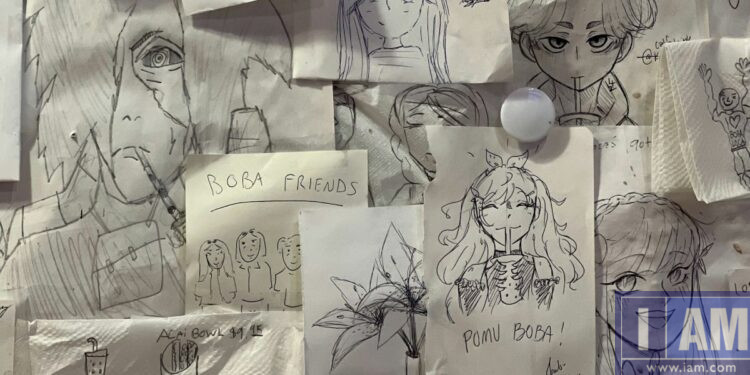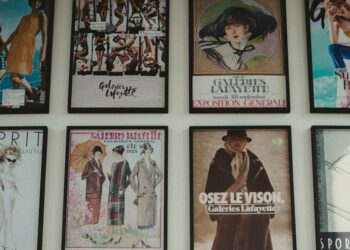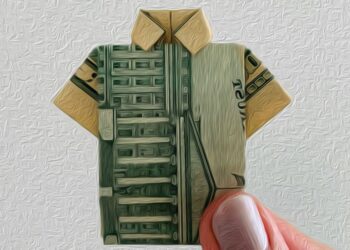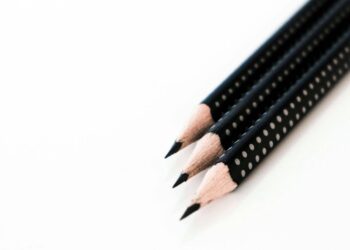You’ve watched 47 tutorials this week. Your YouTube history is a graveyard of “Draw Perfect Eyes!” and “Master Shading in 10 Minutes!” videos. You’ve started three online courses, and finished none. Your sketchbook’s first page is very perfect, the rest of your sketchbook is blank. Does this sound familiar? You are learning art exactly the wrong way. And, you are not alone.
The Tutorial Trap: Why Watching Is Not Learning
Here’s the uncomfortable truth: tutorial addiction feels like progress but it doesn’t produce very much, if any at all. Watching someone draw trains your eyes, but it does not train your hands. This is passive consumption masquerading as active learning. You wouldn’t expect to play the piano by watching concerts, yet we treat art differently.
The problem compounds when you jump between styles and between instructors. Monday’s manga tutorial fights Tuesday’s realistic portrait lesson. Each teacher contradicts the last teacher. You are not building your art skills. What you’re doing is collecting conflicting advice that paralyzes you rather than empowers you.
The Perfection Paralysis
The wrong way hoards knowledge before attempting creation. You tell yourself you’ll start drawing after one more tutorial, one more course, or once you understand anatomy perfectly. This is fear and its dressed as preparation.
Your pristine sketchbook reveals the lie. Most of that expensive paper is blank. It isn’t waiting for your skills to improve. It’s preventing improvement. Every blank page whispers that your art isn’t good enough yet. So you watch some more tutorials. You might buy more supplies. And, you might create nothing.
The Copy Machine Method
Following along with tutorials produces one result: you can copy that specific tutorial. Draw a different rose, and you’re probably lost. This isn’t real learning. This is tracing. Or, its tracing with a few extra steps thrown in. You’re memorizing your answers without even understanding what the questions really are.
The Method That Actually Works, is this: INPUT → OUTPUT → FEEDBACK
You should stop consuming and start producing. Here is the framework that transforms beginners into artists:
Step 1: Limited Input to 20% of your time
Choose ONE instructor or one book. Not five. One. Study one single concept for one week. You might focus on Perspective, or Value, or Proportion. Do not move off of it until you have applied it. This is not a limitation. It’s focus. If you let it, then focus will be the key to your strength.
Recommended starting points:
– Books: “Drawing on the Right Side of the Brain” OR “Keys to Drawing”
– Online: Proko’s figure drawing OR Drawabox’s fundamentals
– Pick one. Commit to it for 30 days at a minimum.
Step 2: Massive Output, up to 70% of your time
For every hour consuming content, then create for three hours. Draw badly. Draw blindly. Draw boldly. But, draw. Fill the cheap paper with with your terrible attempts. That’s okay. That’s to be expected. Volume beats perfection every time.
The 100-10-1 Rule: Draw 100 of something. Circle your best 10. Then, create 1 finished piece from those. This will build your judgment alongside of building your skill. You will learn what works by producing what doesn’t.
Daily minimums that should likely work for you:
– 10 gesture drawings (30 seconds each)
– 5 observational sketches (10 minutes each)
– 1 longer study (30 minutes)
Step 3: Targeted Feedback for 10% of your time
Post your worst drawing online. Not your best, but your worst. Ask specifically: “The proportions feel off. What is causing this?” Specific questions should get you some actionable answers.
Join ONE artist community: Reddit’s r/learnart, a Discord server, or a local group. Consistency in your feedback should likely matter even more to you than quantity.
The Weekly Learning Cycle
Monday through Tuesday: Study one concept
Wednesday to Friday: Apply it repeatedly
Saturday: Create something combining the concept with your previous knowledge
Sunday: Get feedback and plan for next week’s focus
Common Pitfalls to Avoid
– Don’t buy new supplies to procrastinate
– Don’t switch up methods before you pass 30 days
– Don’t compare your Chapter 1 to someone else’s Chapter 20
– Don’t skip your fundamentals for advanced techniques
– Don’t learn digitally if you want to be able to draw traditionally (or vice versa)
The Mindset Shift
Stop treating your art like some academic knowledge to be absorbed. Treat art more like a sport. It should be practiced. You not going to study your way to fitness. You would have to train to get fit. Art is identical in this respect.
And, expect your first 1,000 drawings will be bad. This isn’t failure. It’s part of the curriculum. Each bad drawing teaches what the best tutorial cannot: how YOUR hand creates its marks. How YOUR eyes see proportions. How YOUR brain solves visual problems.
Start Today, Not Tomorrow
Close this article. Pick up the nearest pencil and paper. Draw anything for five minutes. Badly.
Congratulations. You’ve just learned more about art than your last ten tutorials taught you.
The method works because it’s simple: draw more, watch less, and embrace the mess. Your improvement is not waiting in the next tutorial. Your improvement is waiting inside of your next drawing.


















